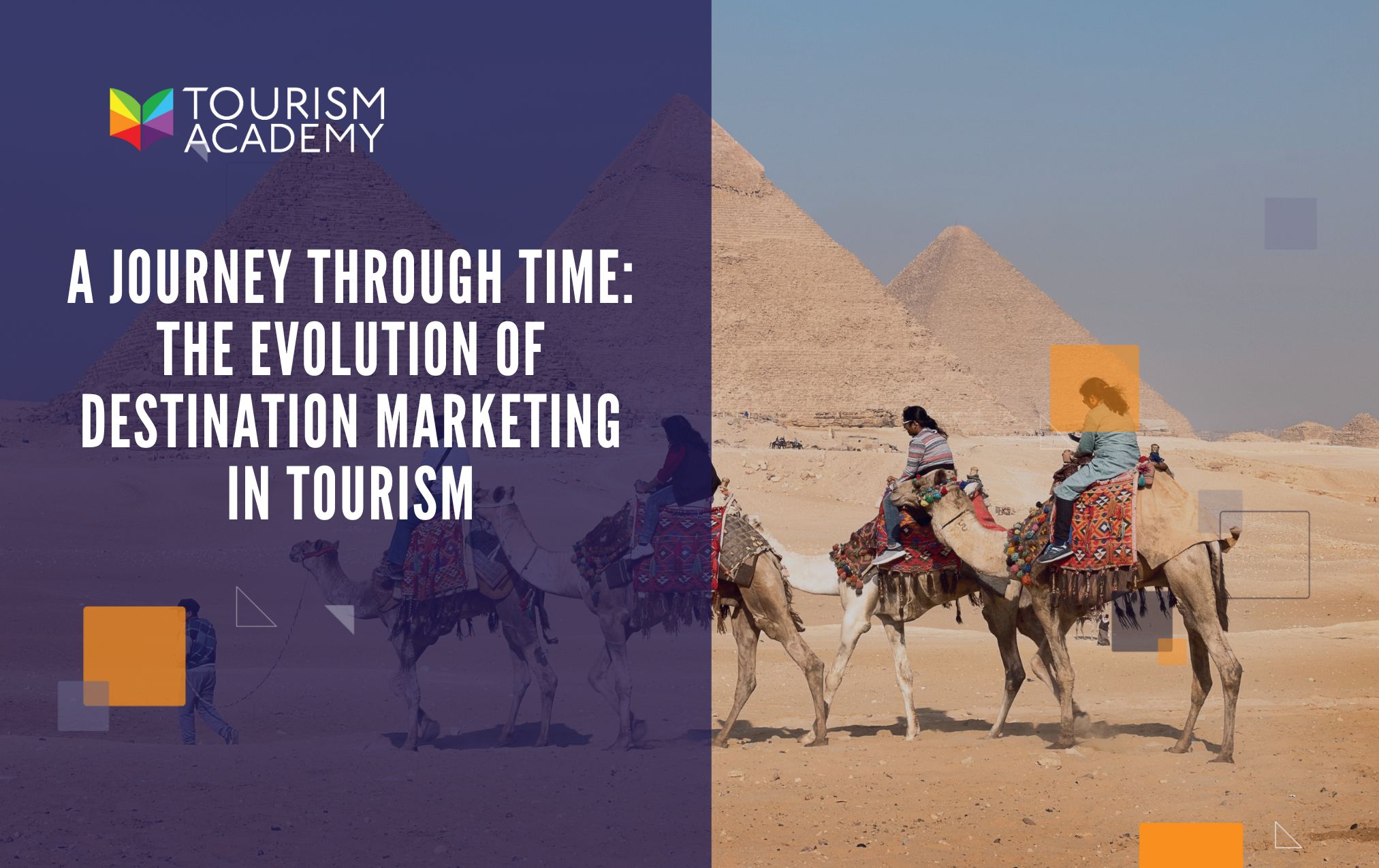
A Journey Through Time: The Evolution of Destination Marketing in Tourism
In the ever-evolving world of tourism, destination marketing plays a crucial role in shaping the way travelers perceive and choose their next adventure. This article will take you on a historical journey, exploring the roots and evolution of destination marketing and shedding light on the strategies that have shaped the industry we know today.
-
Early Beginnings: The Birth of Tourism Promotion (19th Century)
Destination marketing can trace its origins back to the 19th century when the concept of leisure travel began to take root. During this time, local communities and governments recognized the economic potential of attracting visitors. The focus was primarily on natural attractions, historical sites, and health resorts.
-
The Rise of Print Media and Posters (Early 20th Century)
As transportation modes improved, the early 20th century saw the rise of print media and travel posters. Governments and travel organizations started creating visually appealing materials to entice potential travelers. These posters showcased idyllic landscapes, cultural experiences, and the promise of adventure.
-
Television Era: Bringing Destinations to Life (1950s-1980s)
The advent of television brought about a significant shift in destination marketing. National tourism boards and travel agencies began producing commercials that brought destinations to life, showcasing their unique offerings. This visual medium allowed for a more immersive experience, sparking wanderlust in viewers.
-
The Digital Revolution (1990s Onward)
With the rise of the internet, destination marketing underwent a profound transformation. Travel websites, social media platforms, and online travel agencies became powerful tools for promoting destinations. This era ushered in a new level of interactivity, allowing travelers to research, plan, and share their experiences seamlessly.
-
Emergence of Niche Marketing (21st Century)
As the tourism industry expanded, destinations started to focus on niche markets. Whether it be adventure tourism, eco-friendly travel, or cultural experiences, marketing strategies have become more specialized to cater to the diverse interests of travelers. This shift allowed destinations to differentiate themselves in a crowded market.
-
The Influence of User-Generated Content (Present Day)
In the age of social media, user-generated content has become a driving force in destination marketing. Travelers sharing their experiences on platforms like Instagram, YouTube, and travel blogs create authentic and relatable narratives. Destinations now actively engage with influencers and encourage user-generated content to enhance their online presence.
Conclusion:
The history of destination marketing for tourism is a tale of innovation and adaptation. From the early days of simple promotional materials to the digital era's interactive and user-driven strategies, destination marketing has continuously evolved to meet the changing needs and expectations of travelers. As we move forward, the integration of technology, sustainability, and authentic storytelling will likely shape the next chapter in the fascinating story of destination marketing.

Leave a comment